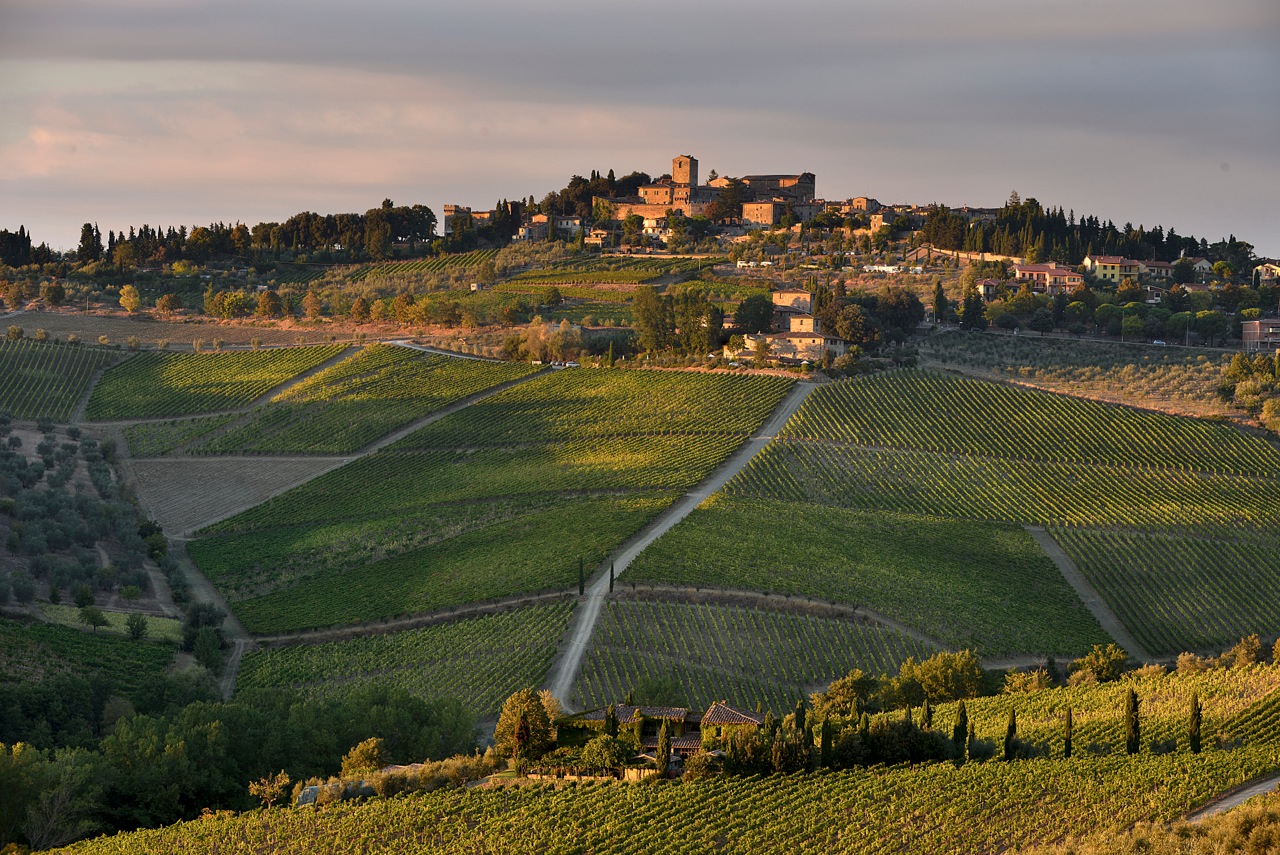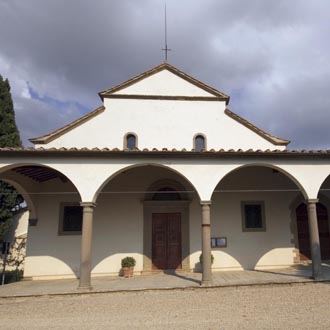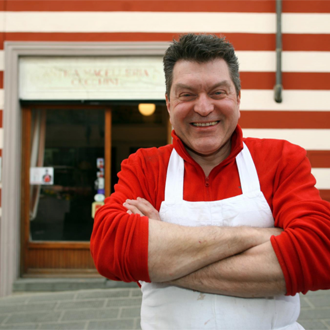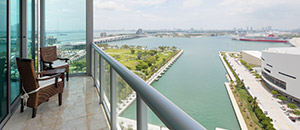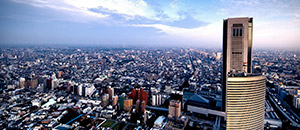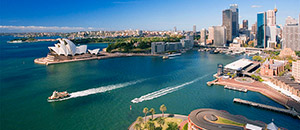

Chianti is a territory that is not very extensive but very rich from a naturalistic point of view, valuable from the historical and artistic point of view and generous for its food and wine. This is why there are infinite perspectives and possibilities for itineraries among its hills, its natural landscapes and medieval memory villages, which have remained unchanged over time.
CHIANTIGIANA TOUR
The Chiantigiana, one of the most beautiful streets in Italy, crosses the whole of Chianti from Florence to Siena. Follow it is a great way to discover the area.
From Florence take the SS222 road towards Greve in Chianti. The country is the heart of the Chianti Classico production area and worth a visit. From here two roads branch off: a door to the Arno valley near Figline and S. Giovanni, crossing high hills, the other narrow and partly dirt rejoins the Via Cassia near Sambuca Val di Pesa passing by the village of Montefioralle and from Passignano.
Continuing on the Chiantigiana you meet Panzano, the last outpost of the Florentine Chianti and continuing up to the junction you can reach Radda in Chianti on one side and Castellina on the other. From the latter you can go down to the Valdelsa and go up to San Gimignano, visit Monteriggioni and reach Siena.
If you go towards Radda, instead, the landscapes become less extensive but the historical and current importance of this country in the Chianti wine tradition is great. Returning to the Via Chiantigiana you arrive in Gaiole in Chianti.
All around the area is rich in castles and villages. Examples are Spaltenna, Vertine and Barbischio. Continuing towards Siena we meet a series of direct routes to the most beautiful places in the area, where Castles such as Bolio, Meleto, Castagnoli, merge into the landscape of boundless vineyards, age-old woods and medieval villages such as the splendid Lucignano.
The tour ends at the gates of Siena.
A walk in the Chianti ...
TOUR OF CHIANTI SENESE
The southern part of the Chianti consists of the 4 municipalities in the province of Siena: Castellina in Chianti, Radda in Chianti, Gaiole in Chianti and Castelnuovo Berardenga.
ITINERARY: from Castellina in Chianti to Castelnuovo Berardenga passing through Radda in Chianti and Gaiole in Chianti.
LENGTH: 46 km
In the stretch of road that connects Poggibonsi to Castellina in Chianti there are the ruins of Monteranno, a castle named since 1089 and certainly one of the most powerful and vast buildings in the Valdelsa. Once in Castellina, the fifteenth-century Rocca Comunale overlooks the historic center. Inside the Etruscan Museum collects the numerous Etruscan finds that emerged in these areas. Not far away is the Hypogeum of Monte Calvario, an imposing Etruscan tomb considered to be the most important found in Chianti.
After having traveled the SR429 for 12 km you will arrive at Radda in Chianti, a characteristic medieval village together with Gaiole in Chianti, the capital of the non-town at the time of the Lega del Chianti.
Two main visits: one to the parish church of Santa Maria a Spaltenna, the other to the village of Vertine, once owned by the Ricasoli family. Proceeding we find in succession the Castle of Brolio and the small village of San Gusmè, Siena's stronghold against Florence.
The itinerary ends in Castelvuovo Berardenga, where Siena built the last castle. Although a large part of the municipal area is still part of it, Castelvuovo is located outside the borders of the Chianti Classico.
CHIANTI FIORENTINO TOUR
The northern part of the Chianti consists of the municipalities of San Casciano Val di Pesa, Tavarnelle and Barberino Val d’Elsa
Leaving Florence after having covered 23 km you will meet San Casciano Val di Pesa. On this road, on 21 May 1891, the Trenino del Chianti was inaugurated. Located in the most extreme part to the north and only partially inserted in the Chianti Classico territory, San Casciano is a primitive village developed at the Pieve di S. Cecilia in Decimo.
Leaving San Casciano after 16 km you will arrive at Tavernelle Val di Pesa, an ancient village already mentioned in a parchment dated 780.
Nearby, to visit, the beautiful fortified village of Badia a Passignano and the church of S. Donato in Poggio.
A few more kilometers and you reach Barberino Val d’Elsa, the last stop on this itinerary. Here you can pay a visit to the Botanical Park of Chianti divided into four thematic areas: flowering plants, woods, aromatic plants, varieties of figs.
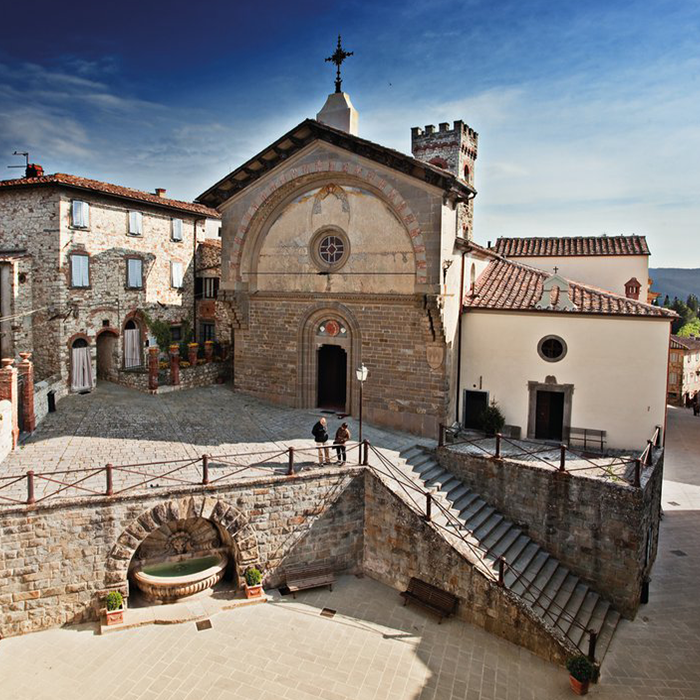
Radda in Chianti
Tour of the country, suitable for everyone, to do on foot and slowly, to discover the most suggestive corners,
historical monuments, typical shops and local productions.
The ancient part of the town has preserved until today the medieval structure enclosed within the walls, surrounded by a road circuit that goes around it. The historic center still shows the ancient urban layout with an elongated elliptical plant, with restid walls and towers belonging to the ancient fortified walls partly incorporated in the houses.
Our itinerary will take you to discover the most beautiful and characteristic corners of our small village. Starting point from the public gardens of Piazza IV Novembre entering through the Valdarnese gate, facing east. At the beginning of Via Roma we turn immediately to the right towards Vicolo degli Archi which emerges after a few meters into a beautiful little square above the second circle of walls, called by the people "Conventino"; from here turn immediately left into via Degli Orti and again left along the suggestive Arco del Castello and arrive at the highest point where the oldest nucleus develops: the Castle which gives its name to the square of the same name. We turn left again into Piazza delle Scuole and passing under a small arch we find ourselves in the square of the Church of San Niccolò (patron saint of the town, celebrated on 6 December).
Going down the steps of the church we arrive in Piazza Francesco Ferrucci with the fifteenth-century Palazzo del Podestà, today the Town Hall
Returning to the square we turn to our right to go down into the Sdrucciolo di Piazza and after a few meters on the left enter the suggestive recently restored Medieval Walkway. We arrive in Via Roma, which we take to our left and which will lead us to exit the Fiorentina gate. We will start from here the itinerary that will cover the complete tour of the walls, covering all Via XX Settembre with panoramic views over the valley towards Siena where various fortifications are visible. Once in Piazza IV Novembre we continue on Viale Giacomo Matteotti with a magnificent view of the village of Volpaia, Albola, the new vineyards, the old farmhouses and beautiful sunsets. At the beginning of the avenue it is worth a fleeting visit, only to the outside, to the so-called Grand Ducal Icebox, a unique construction of 1897 destined at the time to the transformation of snow into ice for the preservation of foodstuffs.
We can return from the Porta Fiorentina and take via Trento and Trieste on the left and via Dietro Le Mura in the oldest part of the village to return to via Roma and through the Valdarnese gate in Piazza IV Novembre where it will be possible to relax pleasantly in the shadow of the Public Gardens.
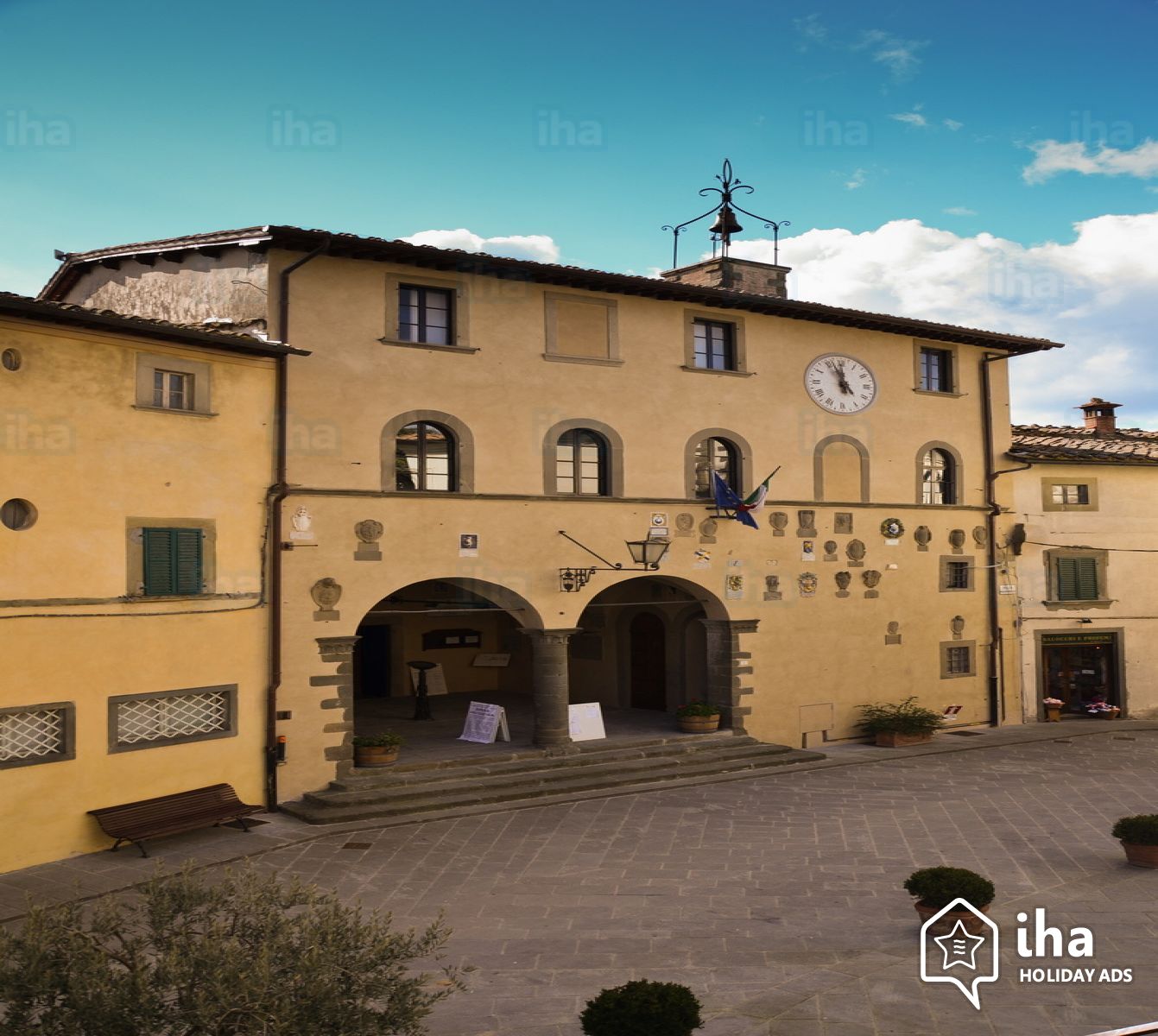
The Convent of Santa Maria al Prato
Visit to the Convent of Santa Maria al Prato, starting from the town of Radda, on foot or by bike, easy and suitable for everyone
Starting from the Public Gardens, going along Viale XI Febbraio go down for about 300m and turn right onto Via Del Convento. Continuing for 400m we arrive in front of the Convent of Santa Maria al Prato.
The complex of buildings has very ancient origins, it is in fact remembered since the tenth century as a destination for devotional pilgrimages, due to the presence of an image of Mary considered miraculous, located in a small oratory built on "a meadow" near Radda. With the passage of time the small chapel rose to the title of church and in the fifteenth century it is mentioned among those that made up the ancient Lega del Chianti. An ancient chronicle of the Convent of the early thirteenth century reports that it is not known "because neither by whom, nor when it was built. The present complex consists of a building gathered around a small church preceded by an added portico with the 18th century renovation that covered the entire building used as a monastery.
The actual church has a gabled façade in which the portal is surmounted by an eye, an internal Latin cross plan with a single rectangular nave, at the end of which is the transept, covered with plastered cross vaults. On the main stone altar there is a polyptych depicting the "Madonna and Child with Saints John the Baptist, Nicola, Maria Maddalena and Antonio Abbot" by the Florentine artist Neri di Bicci, bearing the date 1474, recently restored. On the right altar is a nineteenth-century artisan-made canvas with "St. Francis in Ecstasy" Moreover, some liturgical objects of the XVIII-XIX centuries and eighteenth-century sacred vestments are preserved.
In 1935 the complex was purchased by the Tuscan Province of the Sacred Stigmata of the Order of Friars Minor and the Franciscans lived there until 1974, currently the church is owned by the Venerable Confraternity of Mercy of Radda in Chianti.
The adjacent monastic complex, after a long and skilful restoration, has returned to living as "Casa del Chianti Classico". You can also visit a small sensory museum on Chianti Classico wine.
Leaving the Convent, you return to the center, following the Santa Maria ring road. Along the stadium you can enjoy a beautiful view of vineyards and olive trees. You reach Via XX Settembre and, turning right, we arrive again at the starting point, in Piazza IV Novembre.
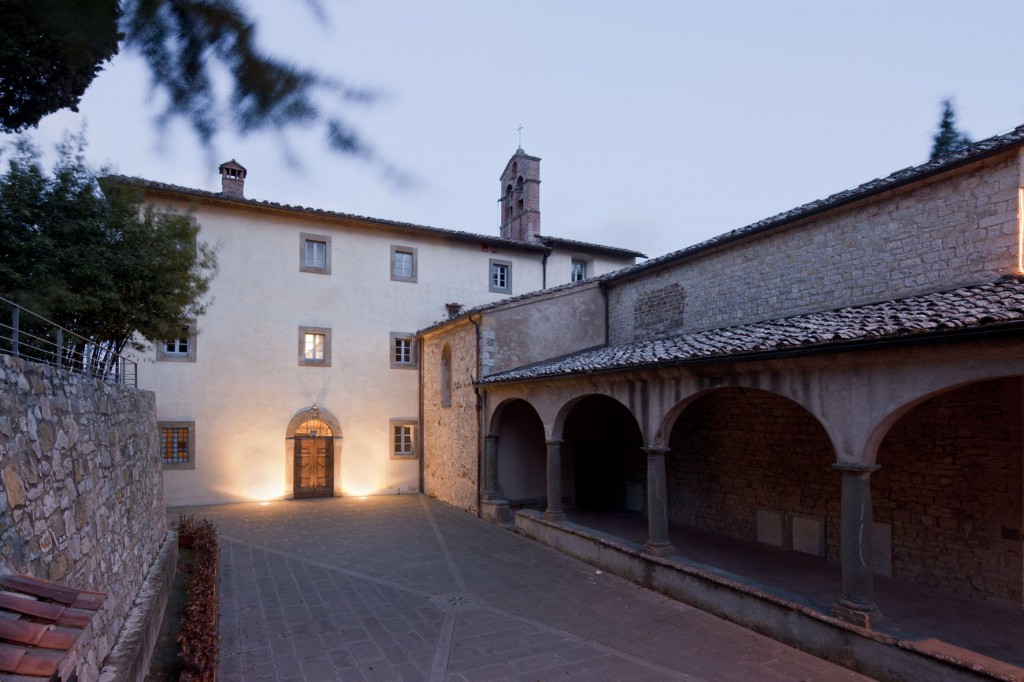
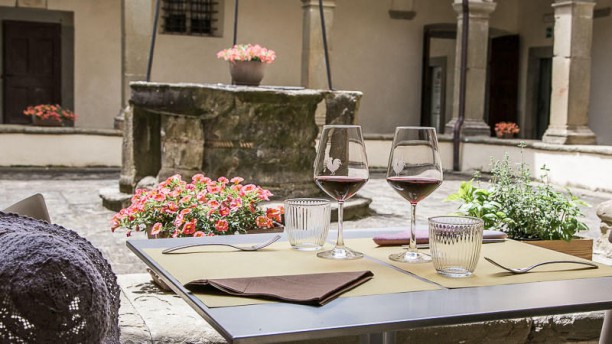
Panzano in Chianti
Historically, Panzano has been maltreated over and over again throughout history. Located practically in the middle of the territories placed under the influence of the two rivals in constant conflict - Siena and Florence - it was destroyed in 1260 and again in 1397, during the 15th and 16th centuries, when it changed continuously passing under the control before Florence, then of Siena and so on. What remains of the original medieval historic center is now incorporated into the bell tower of the church of Panzano Alto. The church of Santa Maria was rebuilt in the 19th century above the old medieval building: it boasts a striking stone staircase (perfect as a backdrop to make beautiful photos) and includes within its structure what was once the castle tower destroyed several times. As you stroll through the quiet streets, you will immediately feel like being catapulted into another era: if you follow the paved road that connects the two parts of the city, you will come across a succession of small shops and artisan shops with exhibited works of art and artifacts of the local artists.
Panzano has two different points of access to the city and, consequently, two different directions to explore it: the first is more evident coming from Florence or Greve in Chianti, because even if you see the historical part of the city, the most visible impact to first sight is the modern square Gastone Bucciarelli with the shops that, along with the restaurants, delineate the narrow streets. The main square has hosted, over time, more and more outdoor restaurants and bars, where you can breathe the typical atmosphere of a Tuscan village , rich in aromas and inviting aromas. If what you are looking for lunch is something particularly "substantial", then go to the Macecchini Cecchini, where 8 generations of butchers delight - for years now - both inhabitants and tourists with their special meats and their contagious sympathy.
The alternative entrance to the village of Panzano is from the free public car park, which gives direct access to the central center, where the peculiar streets and architecture typical of the medieval era are still clearly visible. A good part of the original walls is still evident, although the state in which they are located is not the best, but they still represent a walk that is worth doing, from which you have a fantastic view of the surrounding countryside. Even the walls are surrounded by excellent restaurants, where not only can you taste excellent menus based on local specialties, but also admire the winding hills of Chianti and the succession of vineyards from a virtually unique perspective.
Near Panzano you will find the Romanesque parish church of San Leolino, dating back to the 11th century: it is located just about a kilometer from Panzano and is considered to be the best example of Romanesque architecture in Chianti. Although it has been renovated several times, the interior is very interesting to visit, with its arched columns and works of art, among which there is a sculpture from the early Middle Ages that I recommend you go and see.
How to get to Panzano & where to park
Coming from Florence (or from the Florence south exit of the motorway), simply follow the signs for the Chiantigiana (SR 222) which passes from Grassina, Strada in Chianti and Greve. The journey along this particularly panoramic road takes about 7 km before reaching the picturesque Piazza Gastone Bucciarelli in the center of Panzano. If you continue for another km and turn right into SP 118 (also known as Via della Conca d'Oro), you will find plenty of public parking with easy access to the historic part of the city within the ancient walls.
Coming from Siena, take the SR 222 and follow the signs for Castellina in Chianti and Greve. The Via della Conca d'Oro is on the left, indicated by the blue signs for parking lots. The car park will take you directly to the historic center, avoiding you to walk on busy roads. You can also park near Piazza Gastone Bucciarelli, but the places are air-conditioned and often you have to move further away from the center. Panzano is also easily accessible by public transport: the bus is the usual one that goes to Greve - the number 365 - and you can take it to the main bus station in Florence close to that of the SMN trains.
